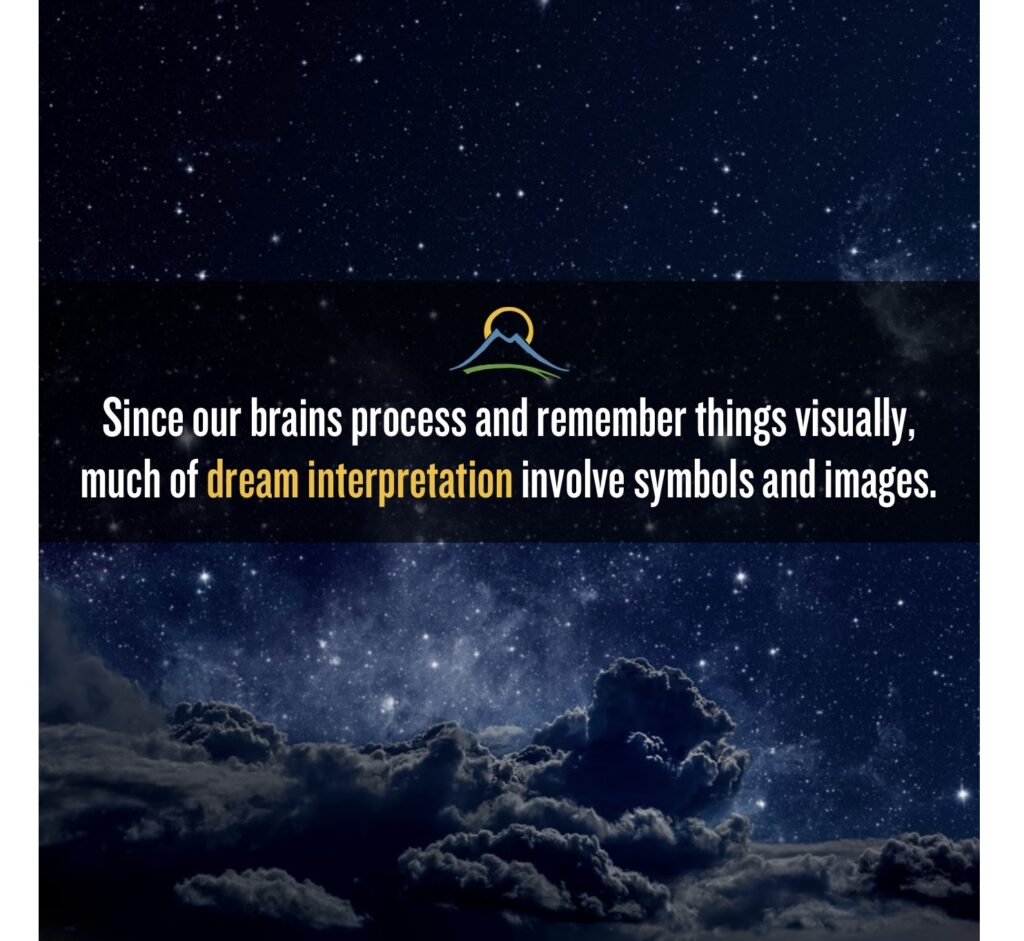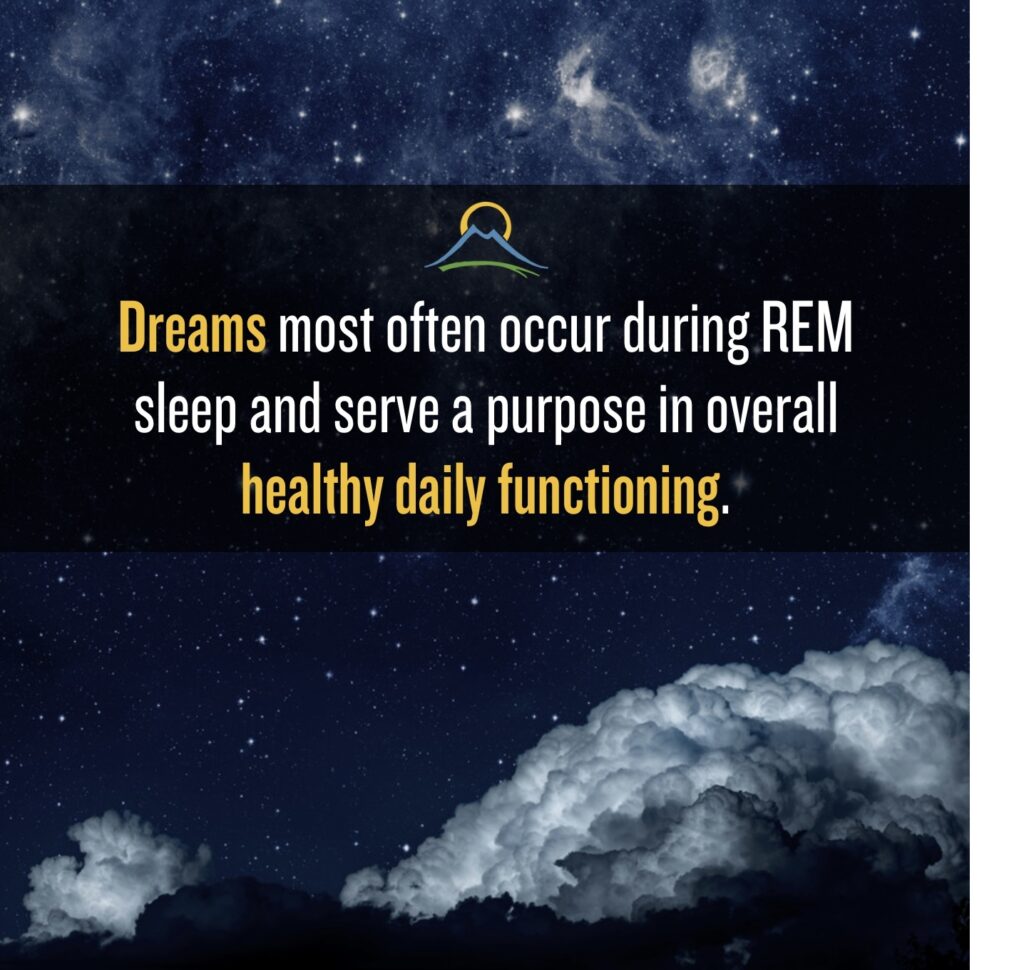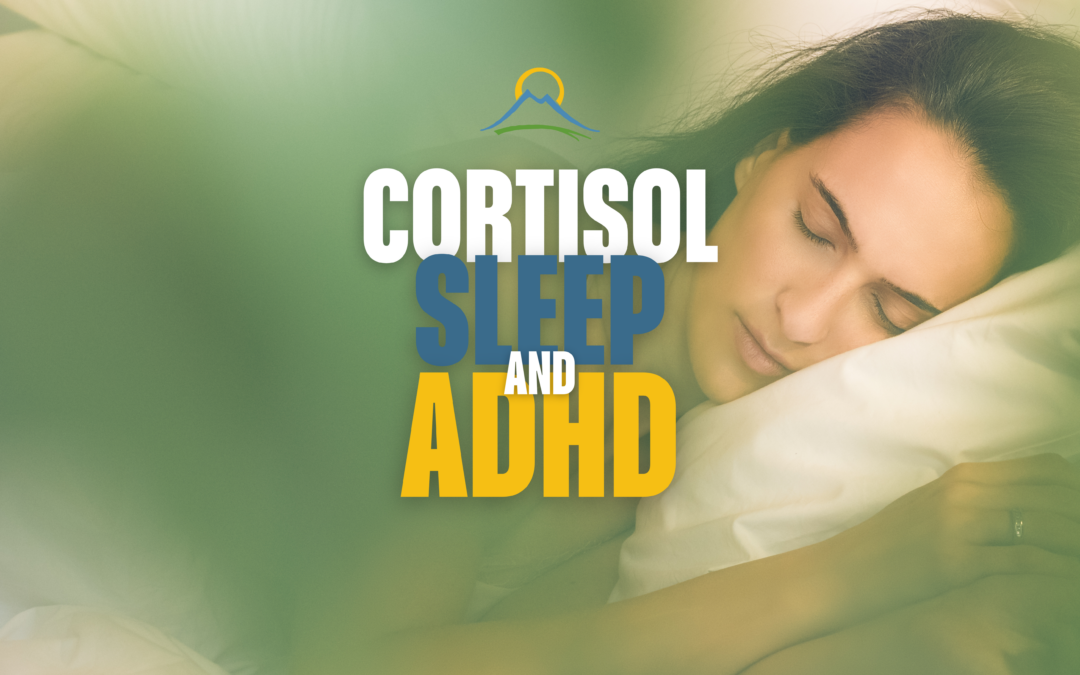The purpose and meaning of dreams have been one of the most thought-provoking topics and unanswered questions of all time. What makes this topic so interesting is that there really isn’t a right or wrong answer. There is no tangible object that can measure, record, or understand the human experience. There are many theories, perspectives, and profound experiences that have been explored and researched but how do we know which one is correct?

Freudian Perspective
According to Freud, the importance and relativity of how dreams serve a purpose is based on unconscious and/or conscious feelings, perceptions, memories, wishes, fantasies, impulses, conflicts, defenses, and image of self and others. Freud believed that dreams bring a person’s unconscious, conscious, and allow us to do things we may never do in our conscious lives. We can play out different scenarios and live vicariously, fulfilling wishes and desires without being awake (Cabaniss, D. L., Cherry, S., Douglas, C. J., & Schwartz, A. R. (2016)).
“Dreams are the royal road to the unconscious.”
– Sigmund Freud
Every one of us has been storing memories since the day we were born and have associated these memories, with emotions and experiences. The latent unconscious part of dreams consists of sensory residue left from the day before, condensation of critical content, displacement (mismatch between actual dream and dream thoughts) and secondary revision.
Secondary revision occurs at the very end of a dream and is like taking scattered puzzle pieces and putting them back together to see the picture. Since our brains process and remember things visually, much of dream interpretation involve symbols and images. Once we can describe these images and put them into words, we can better figure out what the dream is trying to convey.
According to Jung
Carl Jung believed that the mind and body are seen as being one, with energy flowing between them and an emotional link to your heart. Jungian psychology researchers suggest symbols and images may make their way into dreams to inform the dreamer of future disorders and illness. However, Jung did not believe dreams needed to be interpreted and fully understood to serve a purpose. He suggested that dreams could merely be an individual quest in coming together and creating wholeness within the body
“Your vision will become clear only when you can look into your own heart. Who looks outside, dreams; who looks inside, awakes.”
– Carl Jung

Neuroscience
Have you ever watched a person or pet while they are sleeping and wondered why it appears they are moving their eyes, while closed, in a left/right/left/right motion? If so, what you are seeing is real, and the dreamer is partaking in what is called, Bilateral Stimulation (BLS). BLS which usually occurs in REM (rapid eye movement) sleep which is a rhythmic alternation of stimulation between the left and right hemispheres of the brain (REM sleep and memory reorganization). The reason for this left, right, left, right, eye movement, is to process thoughts, feelings, images, memories, and bodily sensations. The right side of our brain focuses on thoughts and feelings while the left, is more logical.
Dreams most often occur during REM sleep and serve a purpose in overall healthy daily functioning. In short, REM sleep and dreams serve a pivotal part in memory consolidation, emotional processing, and even repair and build cells to promote bone and muscle growth, and strengthen immunity! Analyzing and interpreting dreams with friends, loved ones, and even experts can be fun and fascinating so, get out your journal, write down as much detail of your dreams as you can and find out what your unconscious self, is trying to tell your conscious self!
References
- Cabaniss, D. L., Cherry, S., Douglas, C. J., & Schwartz, A. R. (2016). Psychodynamic psychotherapy: A clinical manual (2nd ed.). West Sussex, UK: Wiley.
- Landmann, Kuhn, M., Maier, J.-G., Spiegelhalder, K., Baglioni, C., Frase, L., Riemann, D., Sterr, A., & Nissen, C. (2015). REM sleep and memory reorganization: Potential relevance for psychiatry and psychotherapy. Neurobiology of Learning and Memory, 122, 28–40. https://doi.org/10.1016/j.nlm.2015.01.004.









0 Comments